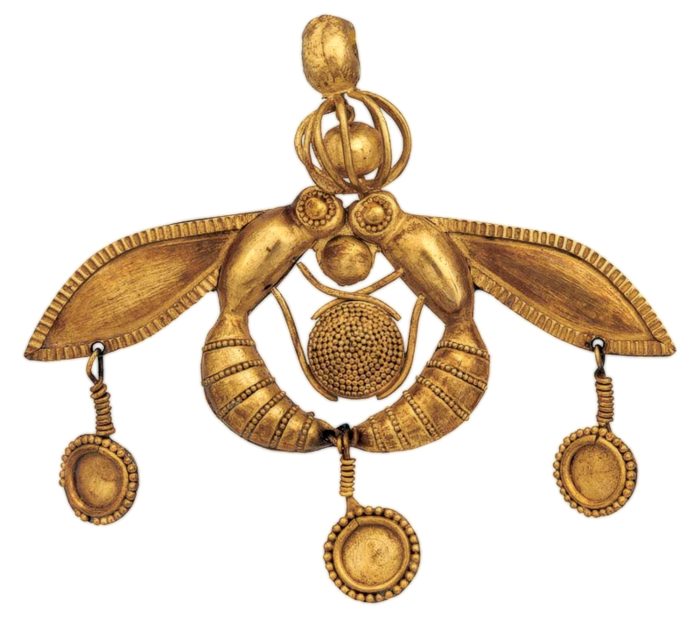Mary of Magdala: A Gnostic Fable, Introduction, August 2009
By Veronica Goodchild, PhD
In July 2008, at the IAJS/IAAP Conference in Zurich, several colleagues and I had the distinct pleasure of participating in a reading of Armando Nascimento Rosa’s play, Mary of Magdala: A Gnostic Fable (English translation by Alex Ladd). As I had long been interested in the Gnostic, apocryphal, and legendary traditions surrounding the figure of Mary Magdalene, not least of which was her connection to the Grail myth—and at different times had made pilgrimages to her various sacred sites in France, and even once had a dream about a visit to the beautiful cathedral at Vézelay (south-east of Paris) dedicated to her—it was an additional honor for me to read her part in Rosa’s play.
There were other connections with Mary Magdalene. As a child, one of the most moving stories in the New Testament for me was the one where, in St. John’s Gospel, she is weeping outside the empty tomb, conversing with the angels about her sorrow, and turns to see Jesus but does not recognize him as he is in a subtle body form, and the text says that she supposes that he is the gardener. Jesus enquires about her weeping, and it is the sound of his voice calling her name that identifies him to her. Without having the words for the experience then, it was the feeling of a deep pathos and of a love bond between Jesus and MM that had had a stirring impact on me. Then, much later, I had a dream that created one of those major turning points in life. In the dream, I was discovering a hidden text beneath the text of St. John’s Gospel. This dream led me to pursue doctoral studies and I now believe that the ‘hidden text’ was this story of the centrality of Mary Magdalene not only in Jesus’ life and her position as “the apostle to the apostles,” but also her significance as an initiate in the high feminine mysteries, and her devotion to the visionary imagination, what theologian Jean Yves Leloup describes as the task of the 21st century.
There can be no doubt that the figure of Mary Magdalene as well as the renowned Black Madonnas in the West and the Taras of Buddhism in the East point to an archetypal presence constellated in our time. This presence involves not only images of heretofore neglected aspects of the archetype of the feminine, but also deep emotional feelings and numinous spiritual aspirations related profoundly to our sense of vocation—why are we here? what is being called forth from each one of us?—and our longing for a renewed and integrated sacred sexuality. We are at a point of course correction on our planet. In addition to economic collapse and environmental degradation—signs of the failing nature of a patriarchal myth too long ruptured from the ancient springs of the soul—there are emergent signatures of renewal attempting to be born amongst us. These signatures, once made conscious through reflection, aim for union: soul and spirit with body, the often divergent streams of science and spirituality into a more complete whole, the inclusion of intuition and imagination as equally important ways of knowing as our rational and intellectual modes of apprehending ourselves and the world, and the desire for a truly authentic way of being that honors our own way and the deep creative spirit that lives in each one of us. Mary Magdalene in bringing shadow and spirit, soul and body together provides a symbol of these unions.
If you wish to read the rest of the paper, CLICK HERE to download the pdf.

